Exploring the Versatility of Lathe Face Plates
Lathe face plates are essential components in the realm of machining, offering a platform for supporting a variety of workpieces during operations. These robust attachments are crucial for tasks that require additional support beyond what a standard chuck can provide. In this detailed exploration, we delve into the intricacies and applications of lathe face plates, ensuring that professionals can select the appropriate type for their specific machining needs.
Types and Applications of Lathe Face Plates
The diversity of lathe faceplate types is vast, with each variant catering to different machining scenarios. From wood lathe faceplates designed for the delicate art of woodturning to metal lathe faceplates built for handling more rigid materials, the selection is tailored to the material at hand. Specialized face plates, such as the D1 4 faceplate, offer unique mounting features for quick and secure attachment to the lathe spindle. Applications range from simple turning operations to complex shaping, with faceplate turning being a common technique for creating symmetrical objects on a lathe.
Features and Materials of Face Plates
The construction of a face plate in lathe machines is designed to withstand the stresses of machining. Typically made from cast iron or steel, these face plates ensure durability and longevity. The design of a face plate lathe machine component often includes slots or holes for mounting workpieces or additional fixtures, enhancing its versatility. The choice of material and design directly impacts the performance and suitability for specific tasks, such as wood turning faceplate projects, which may require a different approach compared to metalworking.
Advantages of Using a Lathe Face Plate
Utilizing a face plate for wood lathe or metalworking tasks offers several advantages. The primary benefit is the ability to securely hold irregularly shaped or oversized workpieces that a standard chuck cannot accommodate. This capability is particularly beneficial in custom machining projects where precision and stability are paramount. Moreover, the adaptability of a face plate chuck allows for a wide range of workpiece sizes, enhancing the lathe's functionality.
Choosing the Right Face Plate for Your Lathe
Selecting the correct face plate in lathe machine operations is critical for achieving desired results. Factors to consider include the size of the lathe spindle, the diameter of the face plate, and the nature of the workpiece. For smaller-scale projects, a mini lathe faceplate might be the ideal choice, providing the necessary support without the bulk of larger plates. Conversely, for larger, more complex tasks, a more substantial face plate may be required to ensure stability and precision.
Conclusion
In conclusion, the lathe catch plate is a fundamental accessory for any machinist, offering the flexibility to handle a multitude of machining tasks with ease. By understanding the various types, materials, and advantages of different face plates, professionals can enhance their machining capabilities and achieve the precision required for their specific applications. As a platform connecting buyers with a plethora of suppliers, Alibaba.com stands as a valuable resource for sourcing the right lathe face plate to meet the demands of any machining project.

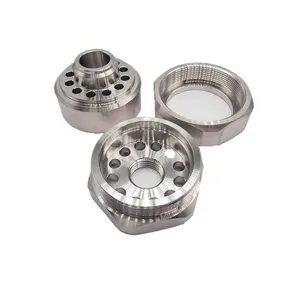

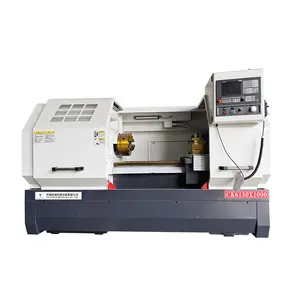



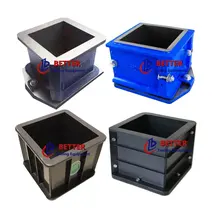











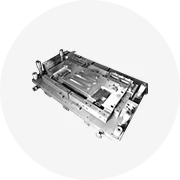
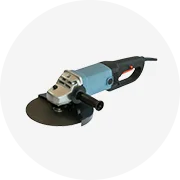
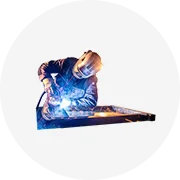
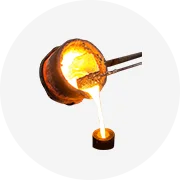
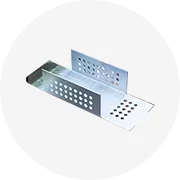
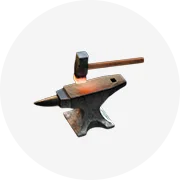








 浙公网安备 33010002000092号
浙公网安备 33010002000092号 浙B2-20120091-4
浙B2-20120091-4